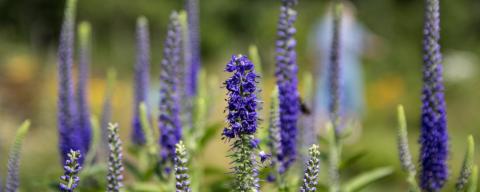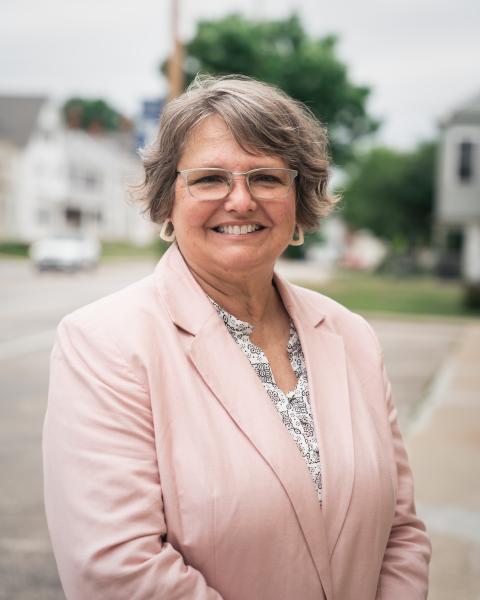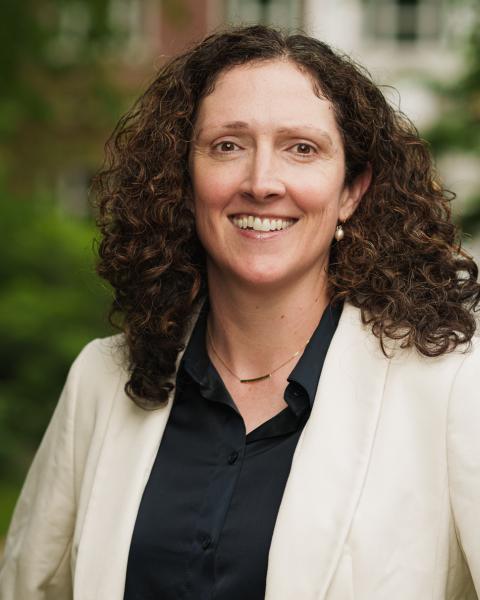Community development work is about making change to improve conditions in community. Change comes in different forms: regulatory change for more housing or volunteer efforts to spruce up main street. Community development practice is based on democratic engagement, participation and inclusion. We work to give everyone a voice and a role in the improvement of their community. This work is rooted in place which can be a small town, city, downtown or neighborhood.
It is an unprecedented time in community. We have seen vibrant main streets become empty due to pandemic restrictions. We have seen an increase in walking, local trail use, appreciation for our natural spaces and the use of public spaces to assist with business re-openings. We have seen displays of support and hope. We have seen protests and calls for racial justice. This is a time of learning as we examine where we are, how we got here and what we need to do differently to strengthen community.
Recently, Extension’s Community and Economic Development Team hosted the National Association of Community Development Extension Professionals (NACDEP) annual conference. The feature was the plenary session by Dr. Julian Agyeman, Professor of Urban and Environmental Policy and Planning at Tufts University and the originator of the concept of ‘just sustainabilities’, which is the intentional integration of social justice and environmental sustainability. Sustainability is not simply an environmental issue and it is necessary to focus on human equality and environmental quality together.
Dr. Agyeman posed the question: What does belonging look like if your culture, history, art, customs or food are not represented in community buildings, parks, streets, shops and activities? How we design community spaces impacts who uses them and feels they belong. He also encouraged us to think about ‘local’ as a cultural idea not a geographic idea. For example, what does local food mean? Is it food that is historically grown or ‘should’ be grown in an area or food grown that people want to eat, like foods from different cultures? We are called on to consider these ideas, especially now, as we work toward economic recovery and rebuilding in communities. How are we using our streets and parks differently? Do people from different backgrounds feel they belong in our public spaces? Do we now have a better understanding of the important role small business play in our communities and how we can better support existing and newly created businesses? If we endeavor for creative placemaking can it reflect new cultures and traditions? As we use our civic centers, can we consider programs that reflect the cultures and histories of those who recently call this place their new home, while recognizing the native cultures that were the original inhabitants? Who is not at the table to make decisions about our community spaces? As Dr. Agyeman stated, this present time is a teachable moment and provides an opportunity for a paradigm shift – to move past systemic injustice and towards equity and inclusion.
Extension is here to teach communities to assess, engage, debate, decide and act. In order to foster belonging we can engage community members intentionally, moving beyond demographic data, to learn about their stories, needs and desires. Moving forward, it is our responsibility to understand our own identities and the identities of the people in communities we work with. Identity shapes our experiences and can be a source of belonging, pride or discrimination. We will work more deliberately with community leaders and volunteers on this critical concept of belonging.



